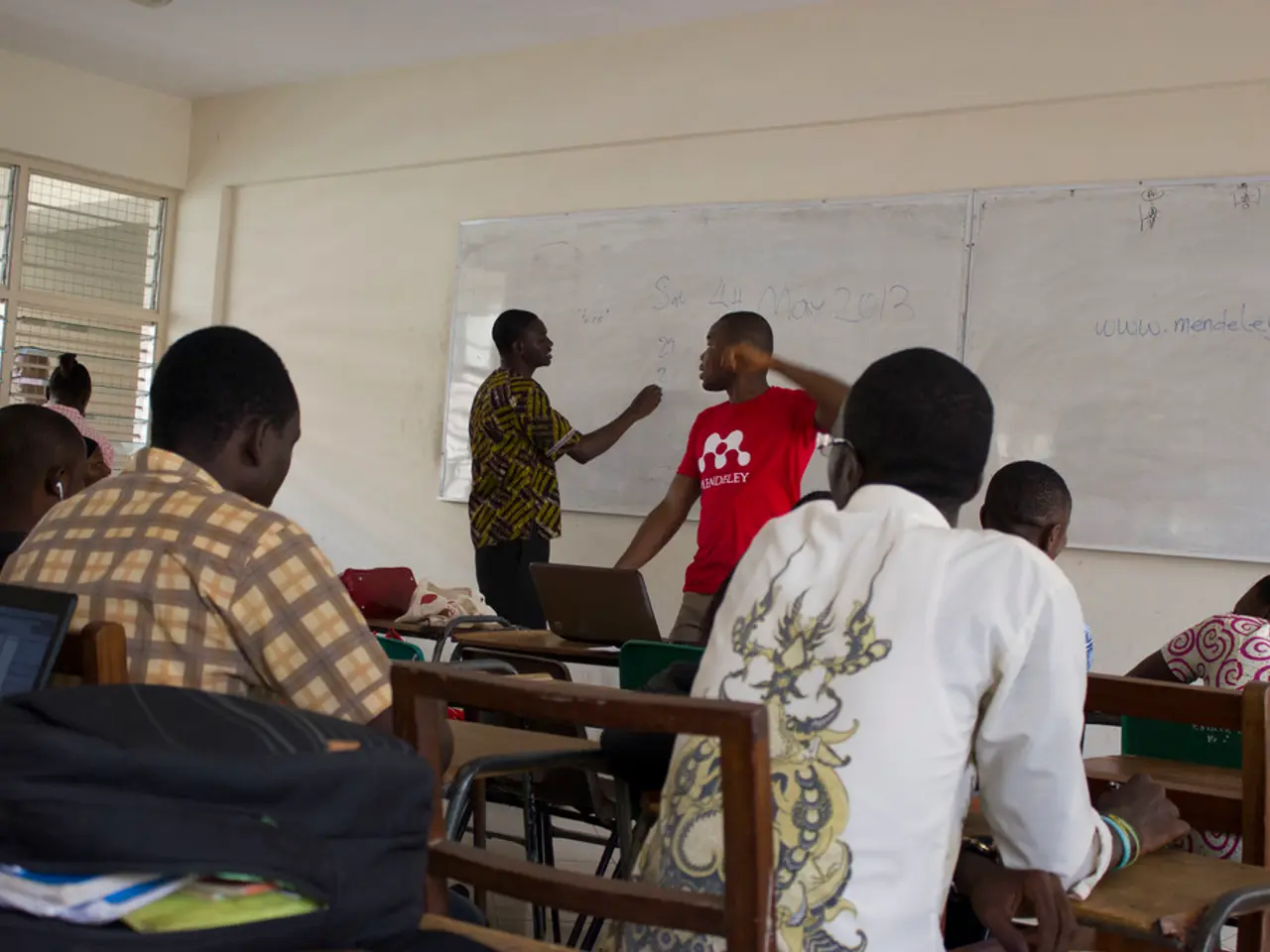Strategies for Monitoring Student Engagement in Learning Environments
In the realm of education, fostering student motivation is a crucial aspect that contributes significantly to academic success. This article delves into various methods, tools, and best practices that educators can implement to effectively track and enhance student motivation.
### Methods to Track Student Motivation
1. **Set Clear, Simple Goals:** Establishing clear, concise objectives for each lesson or topic helps students understand what they are working towards, fostering a sense of purpose and direction.
2. **Use Diverse Assessment Techniques:** Employing a mix of formative assessments such as quizzes, group discussions, oral presentations, and hands-on activities keeps learning dynamic and allows educators to gauge which methods best motivate different students.
3. **Measure Engagement Behaviorally:** Observing student participation, enthusiasm, and quality of contributions during class provides direct insight into student engagement and motivation.
4. **Collect Student Feedback:** Well-designed student feedback surveys with clear, focused questions (both quantitative and qualitative) help understand students' feelings, challenges, and suggestions. Analyzing and sharing results demonstrates the value of student input and guides instructional improvements.
### Tools for Tracking Motivation
1. **EdTech Platforms:** Digital platforms like Extramarks Smartclass Plus offer real-time data on student progress, engagement insights, and instant feedback capabilities, making tracking more efficient and interactive.
2. **Motivation-Focused Apps:** Apps that incorporate behavioral, emotional, and academic data (e.g., sleep, screen time, mood) suggest personalized motivational strategies, adapting over time as student patterns change to sustain motivation without burdening students with extra tasks.
3. **Interactive Learning Resources:** Digital and software tools that make learning interactive—through games, educational software, and online resources—can increase student interest and motivation by catering to individual preferences.
### Best Practices
1. **Personalize Learning:** Tailor tasks to align with students' interests and skill levels to maintain their "optimal learning zone," which balances challenge with ability and keeps motivation high.
2. **Combine Quantitative and Qualitative Data:** Use a blend of objective metrics (e.g., quiz scores, completion rates) and subjective indicators (observations, feedback) for a holistic view of motivation.
3. **Prompt Feedback Loop:** Share insights from assessments and surveys with students quickly, and explain how their feedback will influence teaching methods, which empowers students and reinforces their motivation.
4. **Leverage Time-Management Strategies:** Approaches like the Pomodoro Method can help students build momentum and maintain focus, improving motivation through better study habits and manageable tasks.
### Summary Table: Tracking Student Motivation
| Aspect | Methods/Tools | Purpose/Benefit | |------------------------|----------------------------------------|----------------------------------------| | Goal Setting | Clear course objectives | Provides direction and purpose | | Assessment Techniques | Quizzes, group work, observations | Gauges engagement and learning patterns | | EdTech Platforms | Smartclass Plus, integrated LMS tools | Efficient real-time tracking and feedback| | Motivation Apps | Behavioral & mood tracking-based apps | Personalized strategies to sustain motivation | | Student Feedback | Surveys with quantitative & qualitative questions | Captures student perspectives and promotes involvement | | Interactive Resources | Educational software and games | Increases engagement and accessibility | | Time Management | Pomodoro Method and related techniques | Helps focus, build momentum, avoid burnout|
By integrating these varied methods, advanced tools, and best practices, educators can create an environment where student motivation is continuously monitored, understood, and enhanced, leading to more effective and meaningful learning experiences. The understanding of student motivation extends beyond academic performance; it encompasses emotional well-being and the development of a positive learning environment. Each student may respond differently to various motivational influences, underscoring the need for tailored approaches in educational settings. Tracking student motivation is a critical practice for educators aiming to foster a conducive learning environment. Regular check-ins and feedback serve as pivotal methods for tracking student motivation, fostering an environment of open communication and continuous improvement. Progress monitoring techniques are systematic methods used to evaluate student progress toward academic goals, providing ongoing feedback about student learning.
In regards to technology-based learning, educators can utilize diverse instructional strategies such as e-learning platforms and motivation-focused apps to effectively track student motivation, enhancing educational-and-self-development and learning experiences. Embracing personalized learning approaches, like setting clear objectives and interactive resources, ensures that each student's unique motivational drivers are addressed, leading to a more engaging learning environment.




